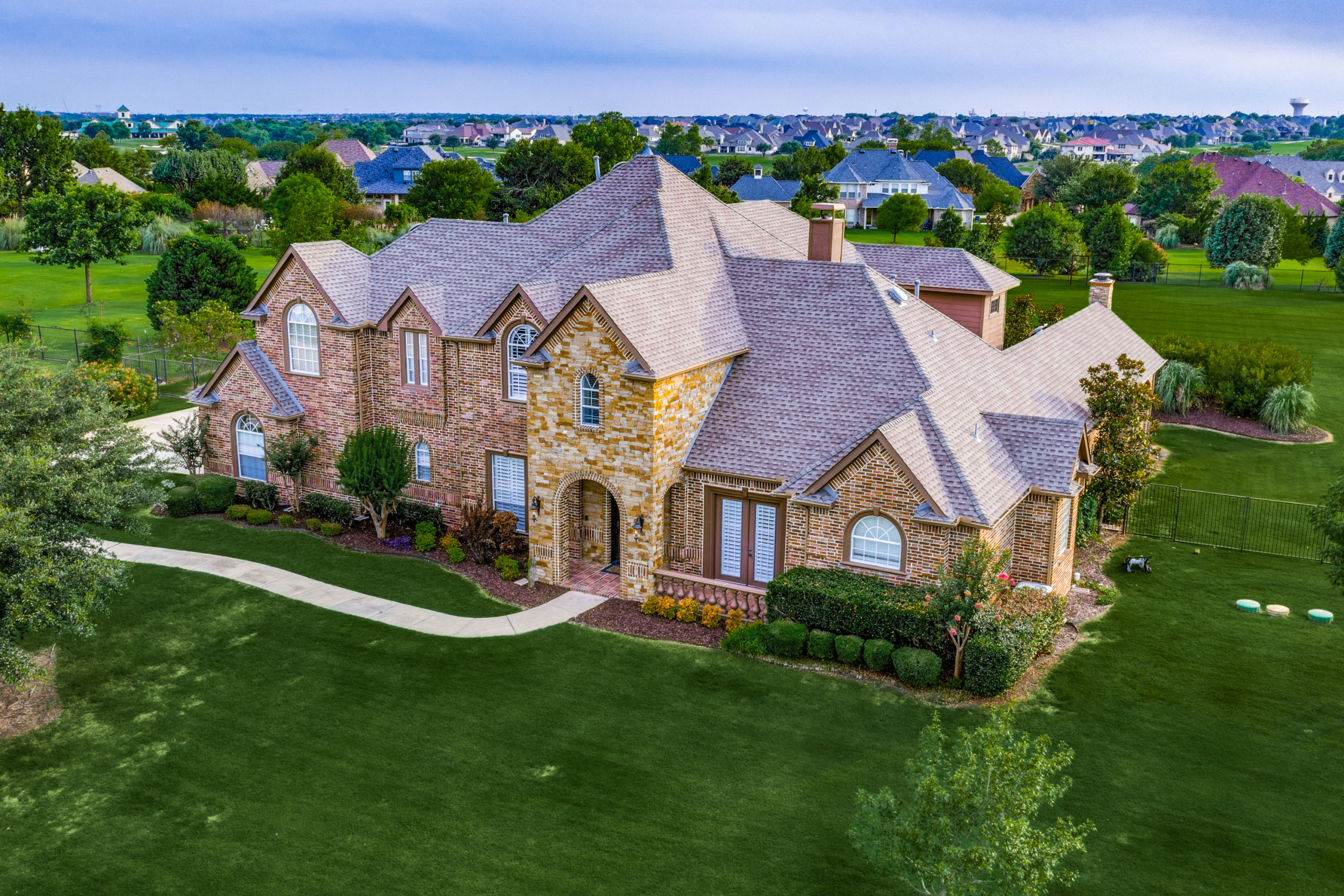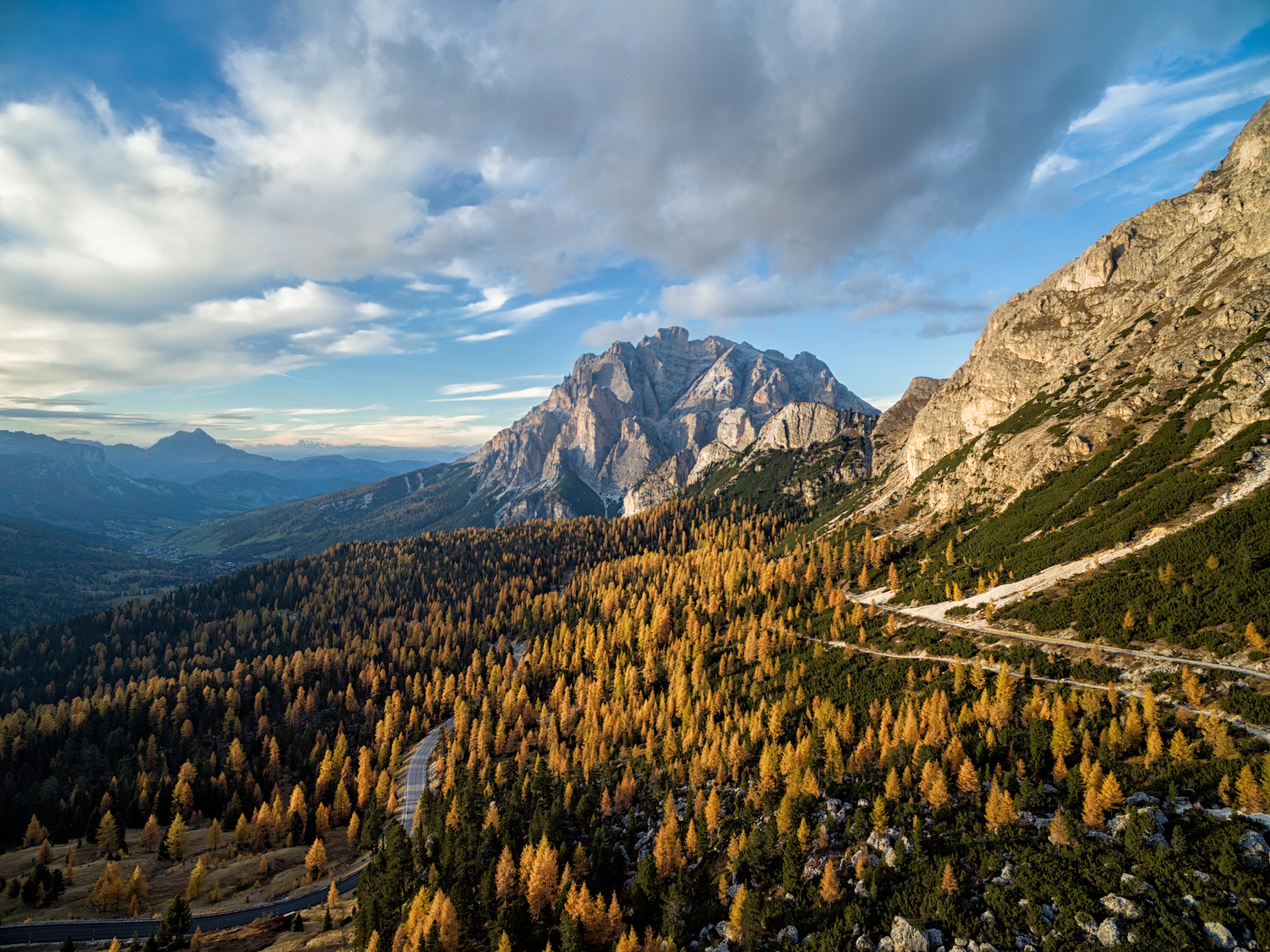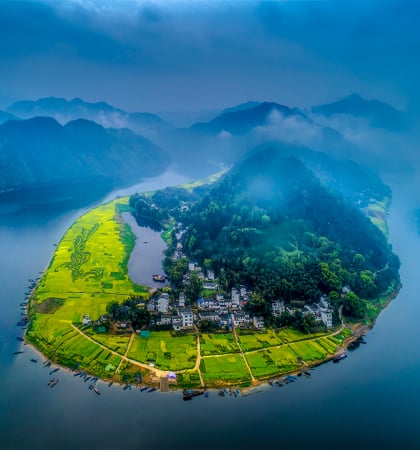Transform Your Viewpoint: The Art and Scientific Research Behind Drone Digital Photography
Drone digital photography represents a substantial junction of creative vision and technological innovation, making it possible for creators to record viewpoints formerly unattainable. Understanding the technicians of drone technology, from tools choices to structure strategies, is important for achieving engaging imagery. Moreover, considerations such as lights and ecological conditions can profoundly influence the last result. As photographers refine their abilities in both aerial method and post-processing, they open a richer narrative possibility. What absolutely differentiates reliable drone photography from plain aerial photos? Exploring this concern reveals much deeper understandings into the craft and its evolving landscape.
Recognizing Drone Modern Technology
Comprehending drone innovation is important for any individual curious about harnessing its abilities for digital photography. Drones, or unmanned airborne vehicles (UAVs), rely on a mix of equipment and software to achieve flight and capture imagery. At their core, these gadgets are furnished with sensing units, cams, and navigating systems that enable them to fly autonomously or be regulated from another location.
The key components of drone technology consist of the trip controller, which functions as the brain of the drone, processing information from numerous sensing units to make certain secure trip. Additionally, general practitioner innovation plays a crucial function in navigation, enabling drones to follow pre-defined trip courses and preserve their placement also in challenging problems.

Moreover, understanding the regulatory landscape bordering drone use is crucial, as it regulates where and how drones can be operated, ensuring safety and security and conformity. Experience with these aspects of drone technology encourages digital photographers to optimize their creative potential while sticking to legal standards.
Essential Tools for Drone Photography
Selecting the ideal equipment is critical for attaining outstanding results in drone digital photography. At the heart of this configuration is the drone itself, which need to be picked based on trip stability, electronic camera high quality, and ease of usage. Popular models commonly feature built-in high-def cams that capture sensational airborne images.
In enhancement to the drone, buying a premium electronic camera is vital. Several drones come geared up with electronic cameras with the ability of capturing in 4K resolution, but also for professional-grade outcomes, think about a drone that permits compatible video cameras or sustains bigger sensors. This versatility can dramatically enhance image top quality.
Stabilization is an additional crucial element. A three-axis gimbal is suggested for smooth video footage, reducing resonances that can interfere with photo clarity. Additionally, extra batteries and a reputable battery charger make certain extended flight time, permitting even more thorough shoots.
Understanding Make-up Strategies
Grasping structure strategies is essential to raising your drone digital photography from average to amazing. A well-composed photo catches the customer's interest and conveys a powerful narrative.
Among the essential concepts to think about is the rule of thirds, which entails splitting your frame into a grid of 9 equivalent parts. Placing crucial elements along these lines or at their crossways creates aesthetic passion and equilibrium. Furthermore, leading lines can direct the viewer's eye via the picture, attracting interest to the subject and including depth.
Another effective strategy is framing, where natural components such as structures or trees encase the topic, improving the centerpiece. This approach not only provides context but likewise creates a feeling of affection within the scene.

Finally, always be conscious of the horizon line. An uneven perspective can detract and sidetrack from an otherwise captivating photo. By mastering these make-up techniques, you can significantly boost the effect of your drone digital photography.
Illumination and Climate Considerations
In drone digital photography, the interaction of lighting and weather can significantly affect the quality and mood of your images. Ideal lights conditions are vital; the golden hours-- soon after sunrise and before sundown-- offer soft, diffused light that improves shades and reduces harsh shadows. Throughout these times, the landscape shows up more vibrant and lively, permitting for spectacular aerial shots.
On the other hand, overcast skies can create a flat, soft scheme, yet they can also offer even lighting that minimizes comparison and highlights details in the setting. This can be advantageous for recording textures in urban settings or complex go to my site patterns in nature.
Climate condition, such as fog, rain, or snow, can also include distinct aspects to your photography. Haze can produce a sense of enigma, while rainfall can boost shades and fill the landscape. Nevertheless, it is vital to think about the security of your drone; flying in negative weather can result in tools damage or loss of control.
Eventually, comprehending exactly how lighting and climate affect your airborne shots enables you to select the optimal conditions for your drone photography, making certain engaging and visually striking photos.
Post-Processing Idea
After recording stunning airborne images, the following step involves refining those shots via post-processing. This crucial stage enhances the aesthetic impact of your pictures, enabling you to highlight the distinct perspectives that drones supply.
Start with software application devices like Adobe Lightroom or Photoshop, which provide durable modifying capabilities. Begin by dealing with direct exposure and white balance to make certain that your colors show up lifelike. Use pie chart checks to achieve ideal brightness levels, staying clear of overexposure or loss of information in shadows.
Next, boost contrast to include deepness to your pictures. Adjusting clearness can develop crucial details without introducing noise, which is specifically valuable in airborne shots where appearance plays a considerable duty. Don't shy away from chopping; this can aid focus the visitor's attention on the primary topic.
Color grading is another effective device. Experiment with saturation and vibrance to make the landscape pop, however use these adjustments sensibly to keep a natural appearance. Ultimately, consider using a mild vignette to direct the visitor's eye towards the center of the picture. here By understanding these post-processing techniques, you can boost your drone photography to brand-new elevations.
Verdict

What really distinguishes reliable drone digital photography from mere airborne snapshots? Several drones come furnished with video cameras capable of capturing in 4K resolution, but for professional-grade outcomes, consider a drone that permits for interchangeable electronic cameras or sustains larger sensors. By mastering these structure strategies, you can substantially enhance the influence of your drone photography.
In drone digital photography, the interplay of illumination and climate can considerably influence the quality and state of mind of your photos (drone photographer coeur d'alene). By mastering these post-processing techniques, you can boost your my latest blog post drone digital photography to new elevations